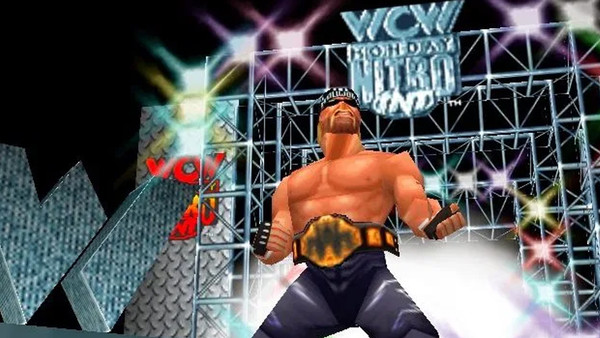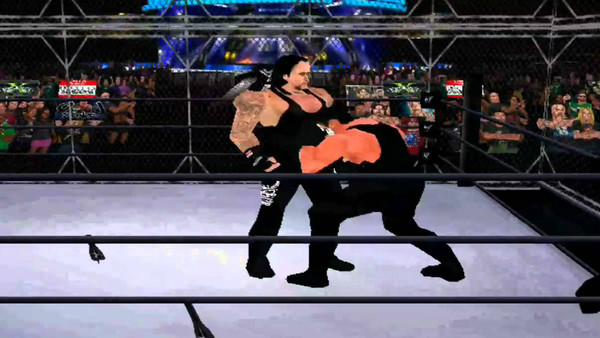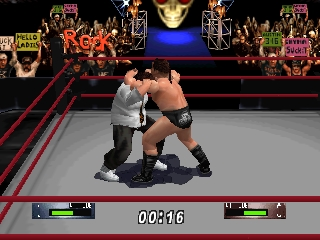

These games came three and four years after WWF No Mercy 64 and the engine still held up.

It should be noted that after its partnership with WWE ended, AKI took the engine to work on EA’s Def Jam Vendetta and later on Def Jam: Fight for NY. This game resulted in many a standoff because no one wanted to get caught with the low blow off of a crouch! In No Mercy 64, you could get into a counter war with either a hard AI or playing with someone. While the offense was important-this is a wrestling game after all-defense was also key. Getting the SPECIAL meter up was key and you could blast through one-on-ones with ease. If your opponent fell after a strong attack or grapple, just hit the analog stick for your taunt as much as possible. The only drawback to this was that there was a concrete approach to winning in the game.

While Yuke’s and THQ constantly tweaked the controls for every WWE game up until WWE 2K19, AKI kept it simple but allowed the same scheme to allow for more moves and spots. AKI didn’t change the control scheme for four games. These controls could be taught to someone else easily even if someone never played WCW/ nWo Revenge or WrestleMania 2000. However, WWF No Mercy had SmackDown’s number in two areas: controls and gameplay. Even for the time, WWF No Mercy 64 was compared to the WWF SmackDown graphically.

Now, most Nintendo 64 games weren’t the prettiest thing out there. The easy-to-learn controls which were a major feature of the AKI Corporation-developed wrestling games returned as well. ĭropped in 2000 as the sequel to the extremely impressive WWF WrestleMania 2000, WWF No Mercy introduced some minor features that would become part of WWE games going forward. Do you know what game never had that problem? WWF No Mercy 64. I mean this was a game that was pre-ordered and is always anticipated. Whether it’s the glitches that were pointed out early or parts of the story mode, WWE 2K20 really had a rough time of it upon release.


 0 kommentar(er)
0 kommentar(er)
